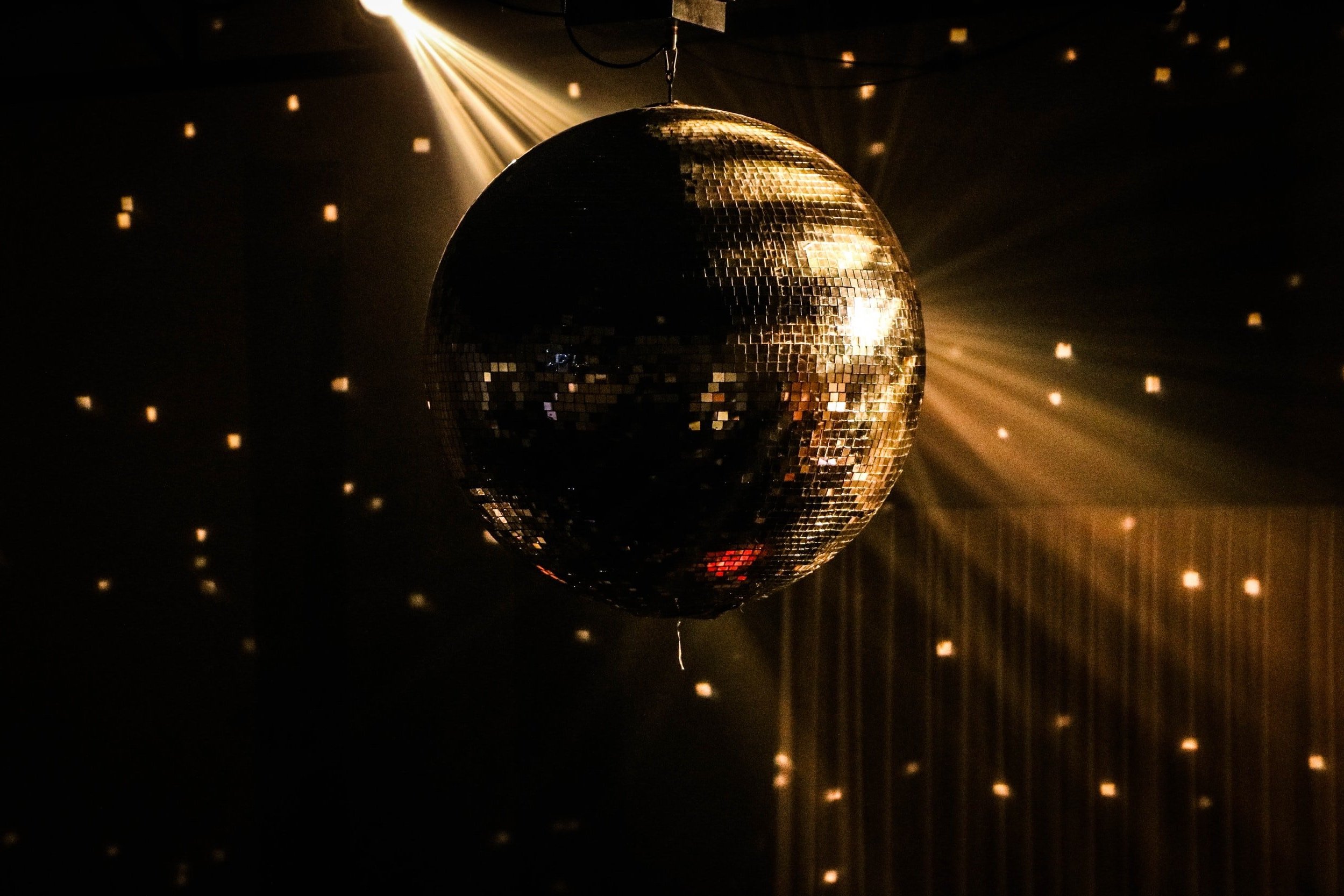
Accessing Disability Culture
Accessing Disability Culture is a reflection of experience, resistance to ableism, and documentation of disabled/neurodivergent/chronically ill/Deaf students at the University of Michigan. The idea for the project evolved over several years, but first sprouted during the Summer of 2022, when I was being mentored by Dr. Remi Yergeau through the Women and Gender Summer Fellowship Program. As a part of my project, I read Loud Hands: Autistic People Speaking, and was enamored as a young neurodivergent student, to see how artfully the “voice” of autistic identity was reclaimed and wielded by the authors of this work. Who better to tell our stories than ourselves? Just before this book, I had read Asperger’s Children, and continued diving into autistic history, consequently mourning the generations of medical abuse, social death, and erasure of autistic and other disabled kin ancestors. How, I began to wonder, are ableist structures within academic institutions, or any other institution, to change, when dominant narratives on disability are not dictated by the people they affect the most? My hope is that Accessing Disability Culture is a way of translating our realities as disabled students into the understanding of not only allies looking to contribute to the advancement of disability equity, but also to other disabled students searching for a disability cultural anchor at University of Michigan.
You will notice an array of positionalities, identities, and opinions in this anthology, which reflects the diverse nature of the disability community. Additionally, you will distinguish the variety of mediums - photography, installation, essay, poetry, digital design, and more. A prerequisite to inclusion in this collection was accessibility and freedom of diverse expression in the submission. Throughout each step of the process, accessibility experts in the Digital Accessible Futures lab worked alongside contributors to make pieces accessible. Additionally, in our call for submissions, we specifically focused on keeping prompts relatively open, noting our values for intersectional experiences and accessibility, but trusting in the direction of individual creators. As a result, the themes are nuanced and intertwined, depicting disabled embodiment and life, grappling with inaccessibility of the University as disabled students subjected to academic ableism, and asserting crip wisdom, joy, interdependency, and overall - disability culture. In Accessing Disability Culture, we control our own narratives. Disabled students of the University of Michigan celebrate community, acknowledge the distance between our current experiences and disability justice, and dream of an accessible future.
Sincerely,
Tess Carichner, lead editor of Accessing Disability Culture
The Dissection
I try not to talk to people about being in pain. There is no greater downer in a conversation than telling someone you’re in pain. People are kind; they want to help. When I tell them I’m in pain, they look sad; they ask what they can do. I don’t know how to say that I’ve already tried so many things. That I’ve seen a hundred doctors. That the specialist I finally got an appointment with doesn’t take insurance, so I pay $500 just to talk to him for an hour. That alternative medicine doesn’t have the answer – that I’ve tried exercise and yoga and magnesium and teas and extracts. That I understand why so many people are willing to do anything to cure themselves - like drink diluted bleach or wear copper socks or pray. I’m not religious, but sometimes I pray, just to see if some miracle might happen.
On the worst nights, I want to cut my legs off. It is lucky I have my husband to stop me from following through with such bad ideas. I am on a new medication that numbs the pain, but it numbs everything. I feel like a zombie. I tell my friends “I’m so, so tired. I sleep twelve hours a day.” They laugh and exclaim how hard this year of medical school has been. I don’t tell them that I don’t even know how hard the block has been because I am barely conscious during the lectures. At least I don’t spend the whole class googling cures and reading clinical case studies that I’ve already read. At least I don’t shake my legs so hard that the people next to me can’t focus.
One time I was given a gift card for a professional massage. It was an hour long and I told the massage therapist to only work on my legs. I asked for harder pressure five times before I could even feel it over the pain. Afterwards, I felt so relaxed. My legs were completely quiet for the entire ten-minute walk home. I lay down in the grass and looked at the sky for what felt like the first time in years. But then the feeling came creeping back. For a moment I had almost believed it was gone for good. I cried because I now knew what I was missing.
In anatomy class, we dissected the spine of our donor. She had so much hardware in her back – sixteen studs running down in parallel tracks. I think that she must have been in a lot of pain. When we use the chisel to break through her vertebrae, I think about how nice it must be to feel nothing. I scold myself for that dark line of thought. I can see her nerves, spreading out from the column. How can such a small line of tissue cause so much pain? When I’m done looking, I tuck the donor in gently as I would a friend. I hope she is resting easy, painless.
About the Author
Sophie Maloney
I am a first year medical student from rural upstate New York, where I grew up on a horse farm. I received an undergrad degree in math from Dartmouth and then worked in software development. I am interested in topology, ontology, and rural medicine. In my free time I like to hike and bike.